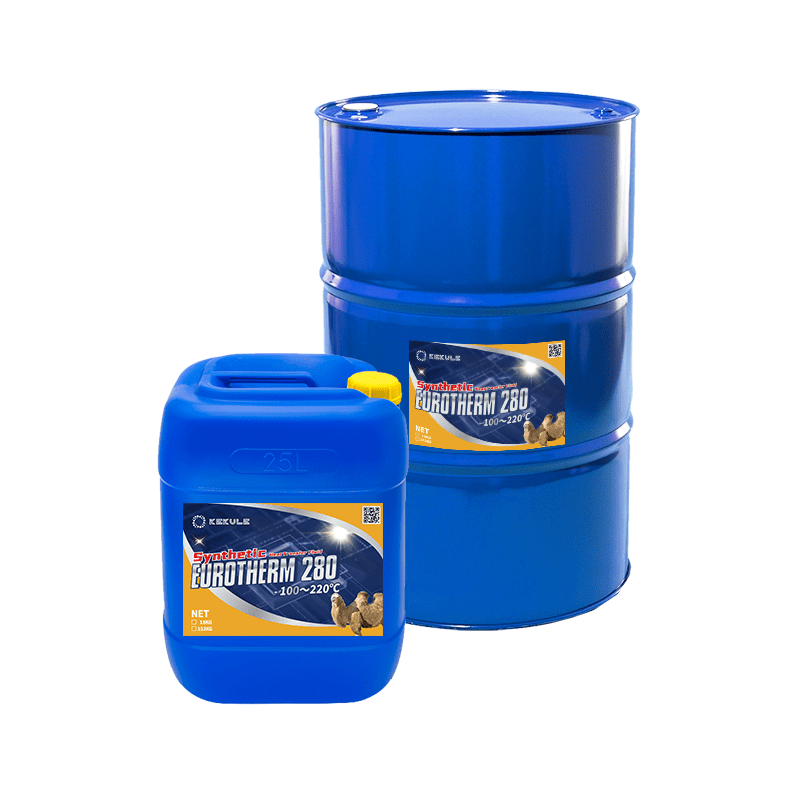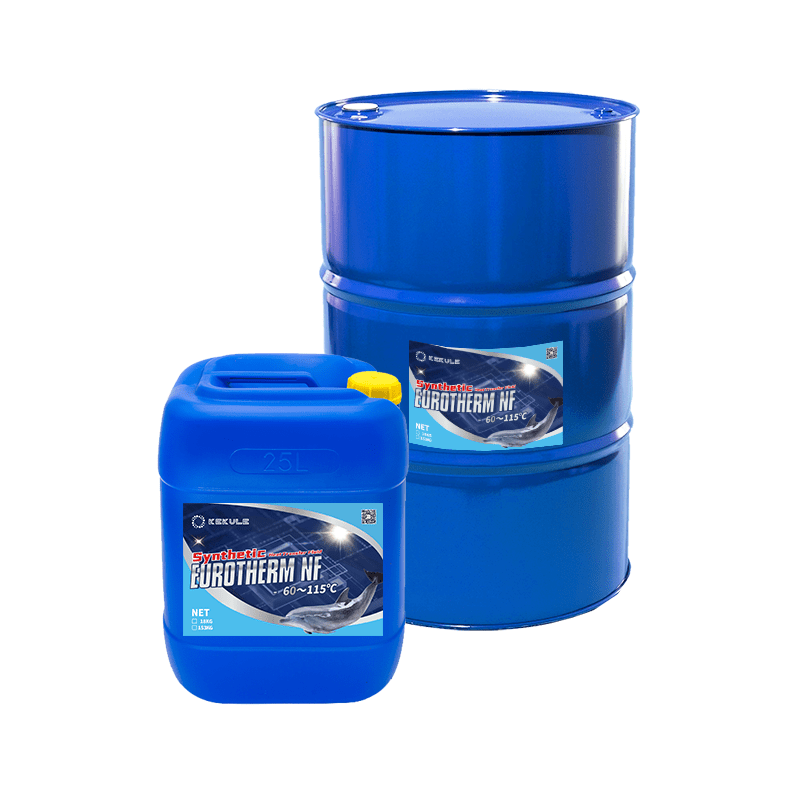See This Report about Chemie
How Chemie can Save You Time, Stress, and Money.
Table of ContentsGet This Report about ChemieNot known Facts About ChemieWhat Does Chemie Mean?Not known Incorrect Statements About Chemie The Ultimate Guide To ChemieThe Best Strategy To Use For Chemie
By Bojanna Shantheyanda, Sreya Dutta, Kevin Coscia and David SchiemerDynalene, Inc. Fluid air conditioning, which can be attained utilizing indirect or direct methods, is made use of in electronics applications having thermal power thickness that may go beyond secure dissipation with air cooling. Indirect liquid cooling is where warm dissipating digital components are literally separated from the fluid coolant, whereas in instance of straight cooling, the elements remain in direct call with the coolant.Nonetheless, in indirect cooling applications the electric conductivity can be crucial if there are leaks and/or splilling of the fluids onto the electronics. In the indirect air conditioning applications where water based liquids with deterioration inhibitors are generally made use of, the electrical conductivity of the fluid coolant mostly depends on the ion concentration in the liquid stream.
The boost in the ion concentration in a shut loop fluid stream may happen as a result of ion seeping from metals and nonmetal elements that the coolant fluid is in contact with. Throughout procedure, the electrical conductivity of the fluid may increase to a level which might be harmful for the cooling system.
What Does Chemie Do?
(https://www.ted.com/profiles/48599309)They are bead like polymers that can exchanging ions with ions in a remedy that it is in call with. In the existing work, ion leaching tests were carried out with numerous steels and polymers in both ultrapure deionized (DI) water, i.e. water which is dealt with to the highest degree of purity, and reduced electrical conductive ethylene glycol/water mixture, with the gauged change in conductivity reported gradually.
The examples were enabled to equilibrate at space temperature level for 2 days before recording the preliminary electrical conductivity. In all tests reported in this study fluid electrical conductivity was measured to a precision of 1% making use of an Oakton disadvantage 510/CON 6 series meter which was adjusted before each measurement.
10 Easy Facts About Chemie Described
from the wall home heating coils to the facility of the furnace. The PTFE sample containers were put in the furnace when consistent state temperatures were gotten to. The examination arrangement was removed from the heater every 168 hours (seven days), cooled to space temperature level with the electrical conductivity of the liquid gauged.
The electrical conductivity of the fluid example was kept an eye on for an overall of 5000 hours (208 days). Schematic of the indirect closed loop cooling experiment set-up. Components utilized in the indirect shut loophole cooling experiment that are in contact with the fluid coolant.

Chemie Can Be Fun For Everyone
During operation the fluid tank temperature level was kept at 34C. The change in liquid electric conductivity was monitored for 136 hours. The fluid from the system was gathered and saved. Similarly, closed loop examination with ion exchange resin was brought out with the exact same cleaning procedures employed. The first electric conductivity of the 230ml UP-H2O in the system gauged 1.84 S/cm.

0.1 g of Dowex material was included in 100g of fluid samples that was absorbed a different container. The mixture was mixed and transform in the electric conductivity at room temperature was gauged every hour. The measured adjustment in the electric conductivity of the UP-H2O and EG-LC test fluids having polymer or metal when immersed for 5,000 hours at 80C is shown Figure 3.
Rumored Buzz on Chemie
Ion leaching experiment: Measured change in electrical conductivity of water and EG-LC coolants containing either polymer or steel samples when submersed for 5,000 hours at 80C. The outcomes suggest that steels contributed fewer ions into the liquids than plastics in both UP-H2O and EG-LC based coolants.
Fluids consisting of polypropylene and HDPE displayed the most affordable electric conductivity modifications. This can be due to the brief, stiff, direct chains which are less most likely to contribute ions than longer branched chains with weaker intermolecular forces. Silicone also executed well in both examination fluids, as polysiloxanes are generally chemically inert as a result of the high bond power of the silicon-oxygen bond which would certainly stop deterioration of the material right into the liquid.
Not known Factual Statements About Chemie
It would certainly be anticipated that PVC would create similar results to those of PTFE and HDPE based upon the similar go to my blog chemical structures of the materials, nonetheless there may be various other contaminations present in the PVC, such as plasticizers, that might impact the electrical conductivity of the fluid - fluorinert. Additionally, chloride teams in PVC can also seep into the examination fluid and can cause a boost in electrical conductivity
Polyurethane entirely degenerated into the examination liquid by the end of 5000 hour examination. Prior to and after pictures of metal and polymer samples submersed for 5,000 hours at 80C in the ion leaching experiment.
Calculated adjustment in the electrical conductivity of UP-H2O coolant as a feature of time with and without resin cartridge in the shut indirect cooling loop experiment. The determined adjustment in electric conductivity of the UP-H2O for 136 hours with and without ion exchange resin in the loop is received Number 5.